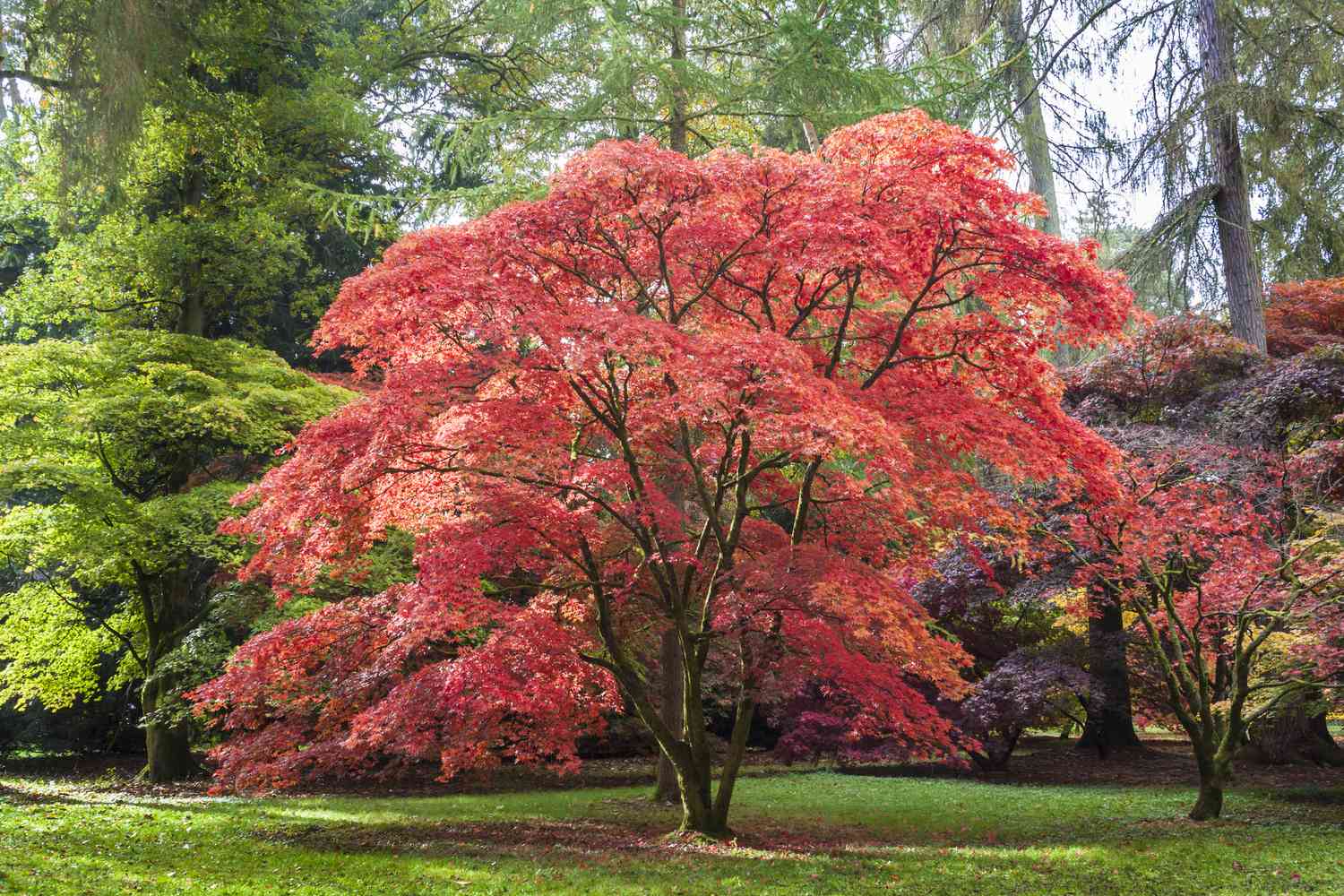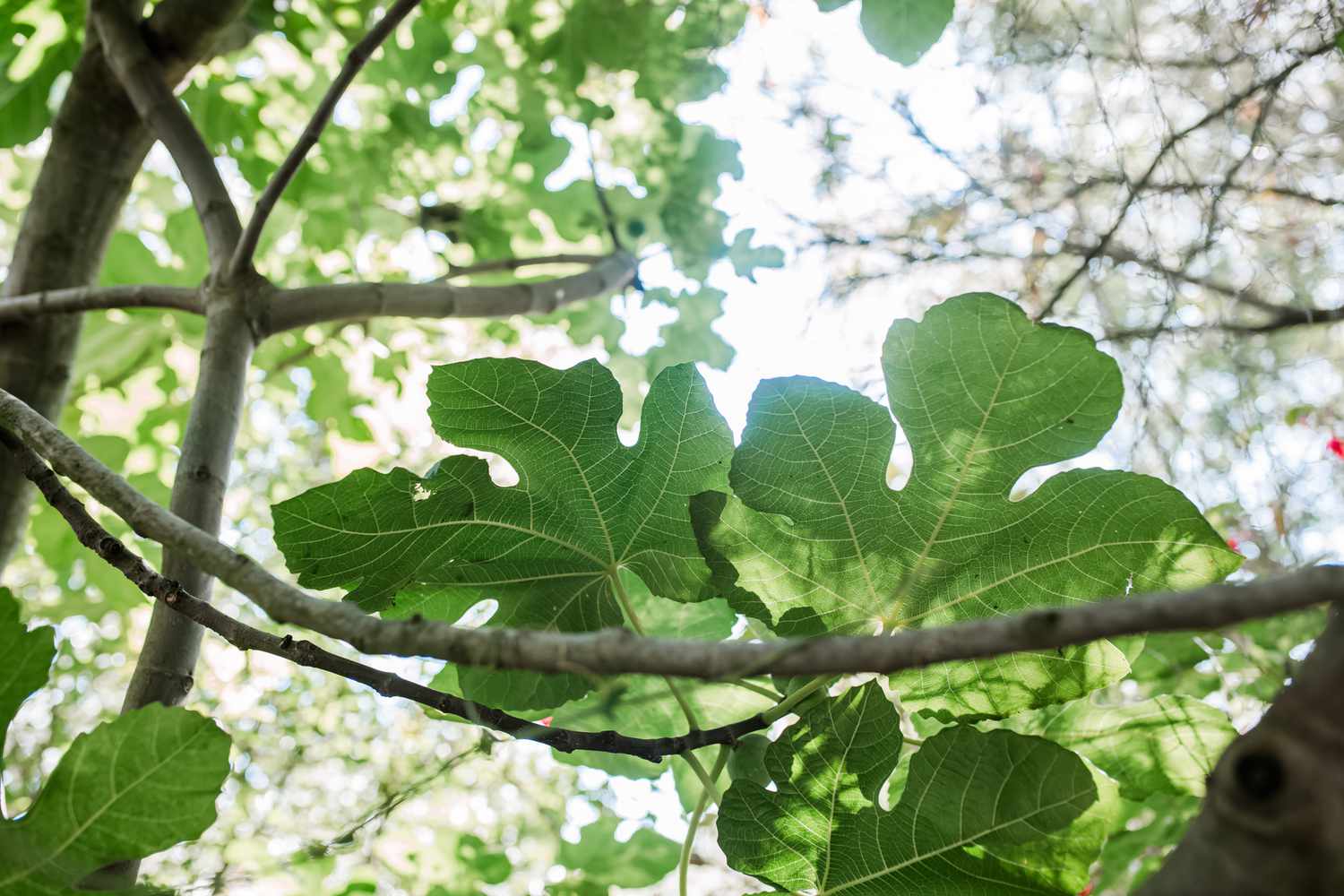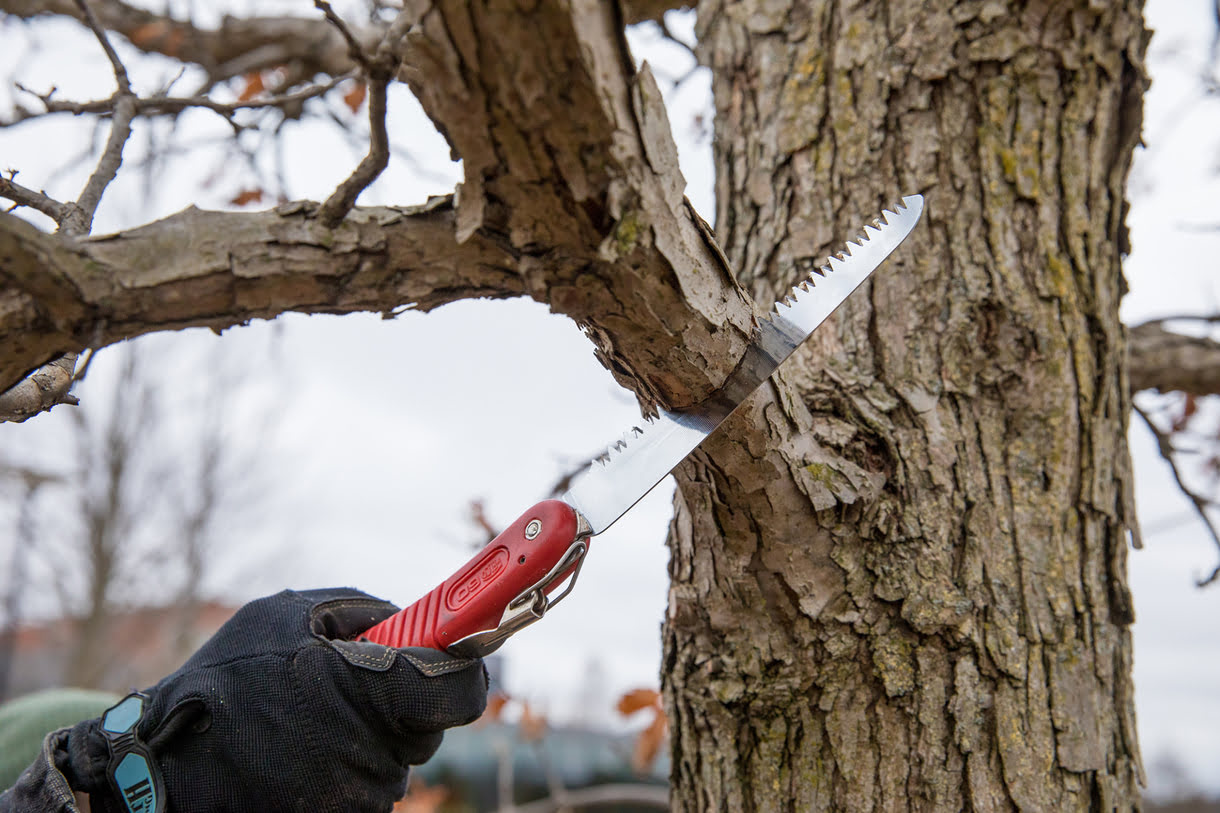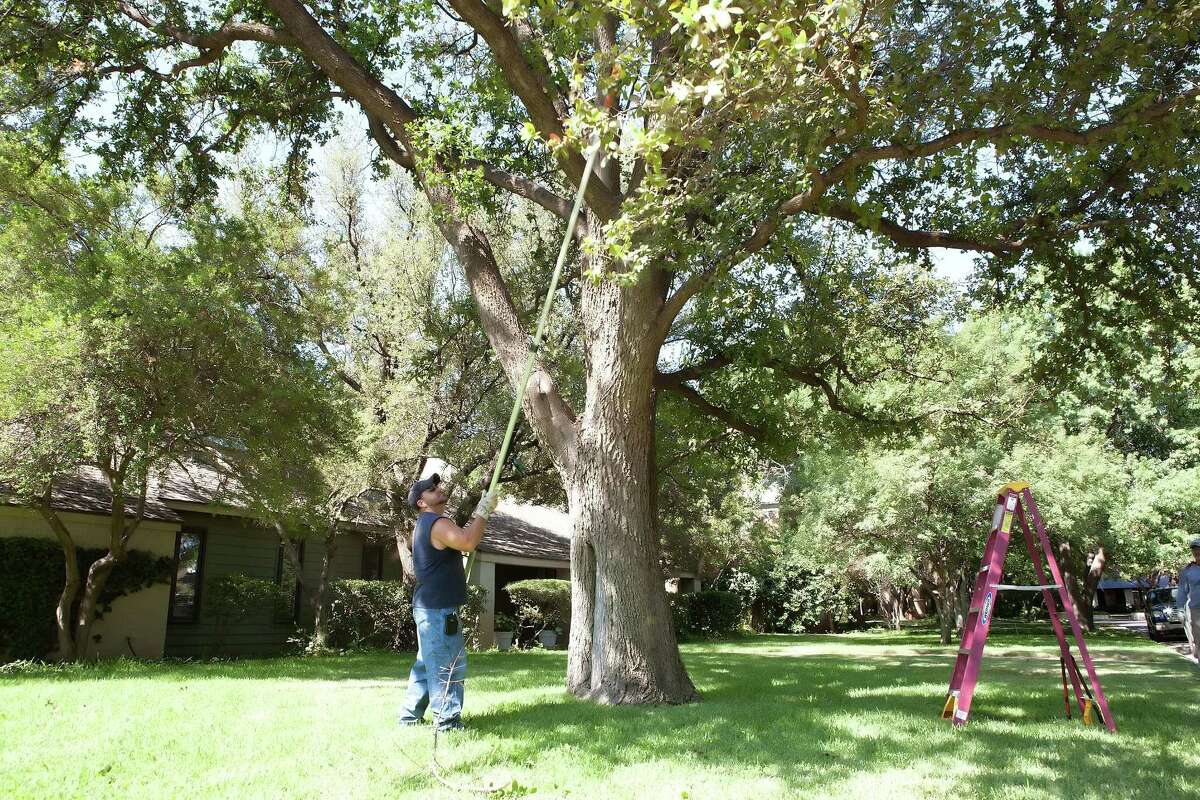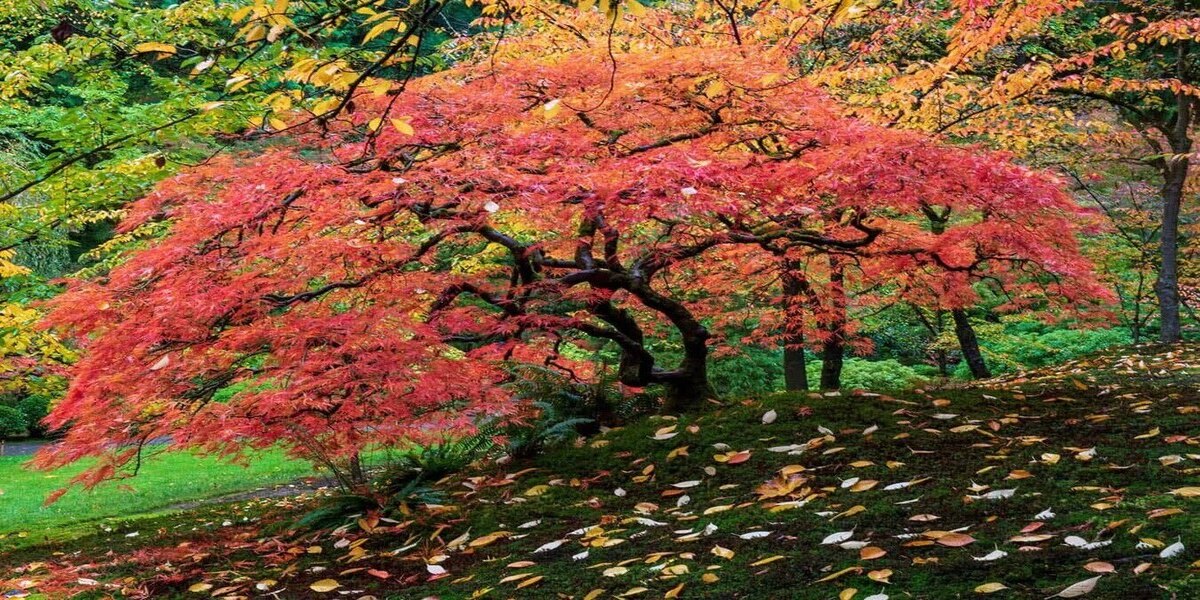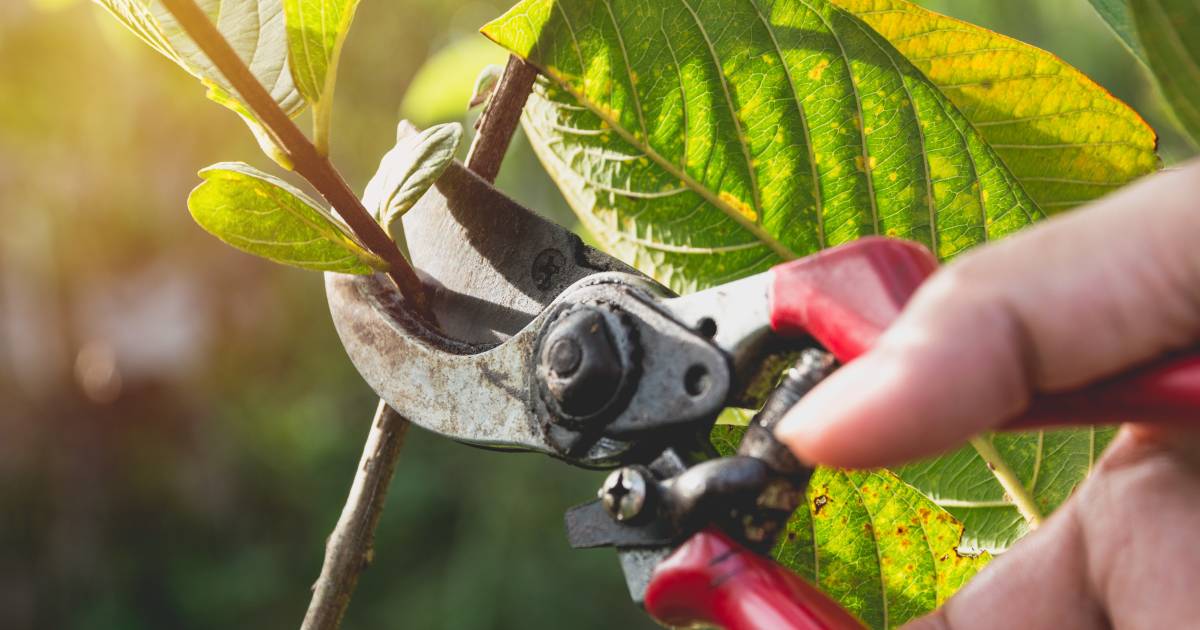Home>Gardening Techniques>Plant Care>When To Prune Cherry Trees


Plant Care
When To Prune Cherry Trees
Modified: January 22, 2024
Learn the best time to prune cherry trees and important plant care tips to ensure healthy growth and abundant fruit production.
(Many of the links in this article redirect to a specific reviewed product. Your purchase of these products through affiliate links helps to generate commission for Chicagolandgardening.com, at no extra cost. Learn more)
Table of Contents
Introduction
Welcome to our comprehensive guide on when to prune cherry trees. Pruning is an essential practice in plant care that helps maintain the health, shape, and productivity of cherry trees. Whether you are a seasoned gardener or a beginner, understanding the timing and techniques for pruning cherry trees is crucial to ensure optimal growth and fruit production.
Cherry trees are not only beautiful additions to any landscape, but they also provide a bountiful harvest of delicious cherries. Pruning plays a significant role in shaping the tree, improving air circulation, controlling disease and pests, and promoting the growth of new and healthy branches.
In this article, we will explore the benefits of pruning cherry trees, the best time to initiate the pruning process, and the essential techniques to successfully prune these trees. Additionally, we will discuss the necessary tools and safety precautions you should consider to ensure a successful pruning experience.
Whether you have an established cherry tree in your garden or are planning to plant one, this guide will equip you with the knowledge and skills needed to effectively care for your cherry tree through proper pruning.
Understanding Cherry Trees
Before diving into the specifics of pruning cherry trees, it is essential to have a basic understanding of these remarkable plants. Cherry trees belong to the genus Prunus and are part of the Rosaceae family. They are deciduous trees that bear delicious and vibrant fruits known as cherries.
Cherry trees can vary in size and shape, with some reaching heights of up to 30 feet. They feature a beautiful canopy of glossy green leaves that provide shade during the summer months. Depending on the variety, cherry tree blossoms can range in color from delicate pink to bright white.
Cherry trees can be classified into two main types: sweet cherries (Prunus avium) and sour cherries (Prunus cerasus). Sweet cherries are often enjoyed fresh and have a rich and juicy flavor, while sour cherries are commonly used in baking and canning due to their tart taste.
These trees require well-drained soil with adequate moisture and prefer full sun exposure, although some varieties can tolerate partial shade. They also benefit from regular fertilization to ensure healthy growth and optimal fruit production.
Cherry trees have a natural inclination to produce new branches and shoots, making them ideally suited for pruning. Pruning not only helps maintain the desired shape and size of the tree but also encourages the growth of new fruit-bearing branches.
Understanding the growth habit and characteristics of cherry trees will enable us to make informed decisions when it comes to pruning. It is important to recognize that improper pruning practices can lead to decreased fruit production, reduced tree vigor, and increased susceptibility to pests and diseases.
Now that we have a solid foundation of knowledge about cherry trees, let’s explore the numerous benefits of pruning and the ideal time to commence this crucial task.
Benefits of Pruning Cherry Trees
Pruning cherry trees is not merely a cosmetic task, but rather a vital practice that offers a multitude of benefits. Let’s explore some of the key advantages of pruning:
- Promotes optimal air circulation: Pruning helps create space between branches, allowing for improved air circulation throughout the tree. This reduces the chances of fungal diseases, such as cherry leaf spot or brown rot, taking hold.
- Controls the spread of diseases and pests: Removing dead, diseased, or infested branches through pruning helps prevent the spread of diseases and pests among cherry trees. It also inhibits the growth of harmful organisms, ensuring the tree remains healthy and productive.
- Enhances sunlight penetration: Pruning opens up the canopy of the cherry tree, allowing more sunlight to reach the inner parts of the tree. This promotes better photosynthesis, leading to stronger and healthier branches and a more abundant fruit set.
- Shapes and maintains desired size: Regular pruning allows you to shape the cherry tree according to your preferences and control its size. This is particularly important if space is limited or if you desire a specific aesthetic appearance for your tree.
- Stimulates new growth and fruit production: Pruning encourages the growth of new branches and spurs, which are crucial for the development of blossoms and, ultimately, the production of cherries.
- Improves overall tree health: By removing weak or crossing branches, pruning helps strengthen the overall structure of the tree. This reduces the risk of branch breakage during heavy winds or when the tree is laden with fruit, ensuring the longevity and health of the tree.
It is important to note that inappropriate pruning can have detrimental effects on cherry trees. Excessive or incorrect pruning can inhibit growth, reduce fruit production, and weaken the tree’s structure. Therefore, it is crucial to understand the optimal time to prune cherry trees and the correct techniques to employ, which we will discuss in the following sections.
When is the Best Time to Prune Cherry Trees?
The timing of pruning is critical when it comes to cherry trees. Pruning at the wrong time can compromise the health of the tree and reduce fruit production. To maximize the benefits of pruning and minimize the risk of negative impacts, it is essential to prune cherry trees during the dormant season.
The ideal time to prune cherry trees is in late winter or early spring, before the buds break open and new growth begins. This period of dormancy allows the tree to heal quickly and minimizes the risk of disease transmission. Pruning during the dormant season also avoids the potential for excessive sap flow, which can attract pests and weaken the tree.
It is recommended to avoid pruning cherry trees during late fall or early winter as it can stimulate new growth, which is vulnerable to winter damage. Pruning during late spring or summer should also be avoided, as it can result in excessive sap flow, making the tree more susceptible to diseases and pests.
When pruning cherry trees, it is essential to consider the age and condition of the tree. Young cherry trees require more frequent pruning to shape their growth and establish a strong framework. Mature cherry trees, on the other hand, benefit from regular maintenance pruning to remove dead or diseased branches and improve airflow.
During the pruning process, it is crucial to inspect the cherry tree carefully and identify branches that are damaged, diseased, or rubbing against each other. Removing these branches will help maintain the tree’s health and prevent potential issues in the future.
By adhering to the proper timing for pruning cherry trees, you can ensure the tree’s overall health, promote optimal fruit production, and maintain the desired shape and size of the tree.
Pruning Techniques for Cherry Trees
When it comes to pruning cherry trees, employing the right techniques is essential to achieve optimal results. Let’s explore some key pruning techniques that will help you maintain the health and productivity of your cherry trees:
- Thinning cuts: Thinning cuts involve selectively removing branches back to their point of origin or to a lateral branch. This technique helps open up the canopy, allowing more sunlight and air circulation. It also encourages the growth of new branches and spurs.
- Heading cuts: Heading cuts involve cutting a branch back to a lateral bud or branch. This technique promotes the development of new shoots and encourages compact growth. It is often used to shape the cherry tree or control its size.
- Pruning out crossing branches: Crossing or rubbing branches can lead to damage and disease. Prune out these branches to prevent them from causing harm to the tree and hindering proper airflow.
- Removing suckers and water sprouts: Suckers are shoots that emerge from the base of the tree, while water sprouts are vigorous vertical shoots that grow from the branches. Removing these unwanted growths redirects the tree’s energy to more beneficial areas.
- Pruning after fruiting: Once your cherry tree has finished fruiting for the season, it’s a good time to perform maintenance pruning. Remove any dead or diseased branches, as well as any weak or overcrowded branches.
Remember, the goal of pruning cherry trees is to maintain an open and balanced tree structure, promote healthy growth, enhance fruit production, and prevent disease and pest issues. Always make clean cuts just outside the branch collar (the swollen area at the base of the branch) and avoid leaving stubs.
It is important to note that pruning may vary depending on the specific cherry tree variety and its growth habit. Familiarize yourself with the characteristics of your cherry tree and research any specific pruning requirements for that particular variety.
Now that we’ve covered the essential pruning techniques for cherry trees, let’s move on to discuss the tools and equipment you’ll need for a successful pruning session.
Tools and Equipment for Pruning Cherry Trees
Having the right tools and equipment is crucial for effectively and safely pruning cherry trees. Here are the essential items you will need:
- Pruning shears or hand pruners: Pruning shears or hand pruners are essential for making clean cuts on small branches and twigs. Look for quality shears with a sharp blade and comfortable grip for ease of use.
- Loppers: Loppers are long-handled pruners with a larger cutting capacity. They are ideal for cutting thicker branches that are beyond the cutting capacity of hand pruners.
- Pruning saw: A pruning saw with a curved or straight blade is necessary for cutting larger branches. Choose a saw with sharp teeth and a comfortable handle for efficient and precise cutting.
- Pole pruner or telescoping pruner: For reaching higher branches, a pole pruner or telescoping pruner is a valuable tool. These tools have an extendable handle and a cutting head, allowing you to prune elevated branches without the need for a ladder.
- Protective equipment: It is important to prioritize safety while pruning cherry trees. Wear gloves to protect your hands, safety glasses to shield your eyes from debris, and a sturdy hat to protect your head from falling branches.
- Ladder: If you need to reach higher branches, a sturdy ladder is essential. Choose a ladder with stable footing and ensure it is positioned securely on a level surface.
Before using any tools, make sure they are clean, sharp, and well-maintained. Dull or damaged tools can cause ragged cuts, increasing the risk of disease and pests entering the tree. Clean your tools after each use to prevent the spread of potential pathogens.
Investing in quality tools will not only make your pruning tasks easier but also ensure a clean and precise cut, promoting optimal healing and recovery for the cherry tree.
Now that you are equipped with the necessary tools and equipment, it’s important to keep safety at the forefront of your mind while pruning cherry trees. Let’s explore some essential safety precautions to follow during the pruning process.
Safety Precautions for Pruning Cherry Trees
Pruning cherry trees can involve working at heights and using sharp tools, so it is important to prioritize safety. Here are some essential safety precautions to follow while pruning cherry trees:
- Wear protective gear: Always wear protective gear, such as gloves, safety glasses, and a sturdy hat, to prevent injuries from sharp tools and falling debris. Additionally, consider wearing long sleeves and pants to protect your arms and legs from scratches and insect bites.
- Use a sturdy ladder: When working at heights, ensure that you use a stable and well-maintained ladder. Place the ladder on a level surface, and have someone assist you if needed. Avoid overreaching from the ladder and maintain three points of contact at all times.
- Be cautious of power lines: Check the proximity of power lines before pruning cherry trees. Keep a safe distance to avoid any accidental contact, as this can be extremely dangerous. If the tree is near power lines, consider hiring a professional tree service to handle the pruning.
- Inspect the tree and surrounding area: Before starting any pruning work, carefully inspect the tree and its surroundings. Look for any weak branches, hanging limbs, or hazards that could pose a risk during the pruning process. Remove any obstacles and ensure a clear and safe working area.
- Practice proper cutting technique: Make clean and precise cuts just outside the branch collar, without leaving any stubs. This helps the tree heal faster and minimizes the risk of disease, pest infestations, and decay. Avoid cutting branches overhead and ensure the path is clear before making any cuts.
- Know your limits: Pruning can be physically demanding, especially for larger or mature cherry trees. If the job seems too challenging or requires working at dangerous heights, it is best to seek professional assistance. Don’t put yourself at risk if you’re not comfortable or confident in handling the pruning process.
Remember, safety should always be the top priority when pruning cherry trees. Take your time, work carefully, and don’t rush the process. It is better to be cautious and take necessary safety measures to avoid accidents and injuries.
By following these safety precautions, you can ensure a safe and successful pruning experience while maintaining the health and beauty of your cherry trees.
Conclusion
Pruning cherry trees is a vital practice that promotes the health, productivity, and aesthetic appeal of these beautiful trees. By understanding when to prune, utilizing appropriate techniques, and employing necessary safety precautions, you can ensure the optimal growth and fruit production of your cherry trees.
We began by exploring the fundamentals of cherry trees, discussing their characteristics and the benefits of pruning. From there, we delved into the timing of pruning, emphasizing the importance of pruning during the dormant season to minimize stress on the tree.
Next, we examined various pruning techniques, such as thinning cuts and heading cuts, along with the removal of crossing branches, suckers, and water sprouts. These techniques help shape the tree, enhance air circulation, and stimulate new growth for better fruit production.
We also highlighted the essential tools and equipment needed for successful pruning, emphasizing the use of sharp and well-maintained tools for clean and precise cuts. Additionally, we discussed the importance of safety precautions, such as wearing protective gear, using sturdy ladders, and being mindful of power lines.
Remember, each cherry tree is unique, and understanding the specific needs of your tree is important for effective pruning. Proper pruning will enhance the overall health, structure, and vigor of the tree, leading to a bountiful harvest of delicious cherries.
By following the guidelines and information provided in this comprehensive guide, you will be well-equipped to confidently prune and care for your cherry trees. Enjoy the process, stay safe, and witness the rewards of your labor as your cherry trees thrive and flourish.

